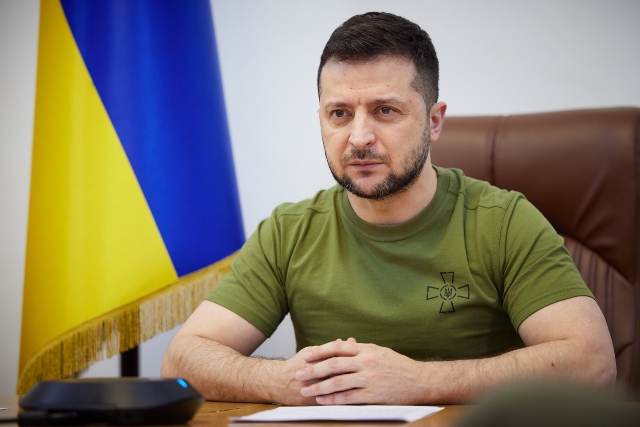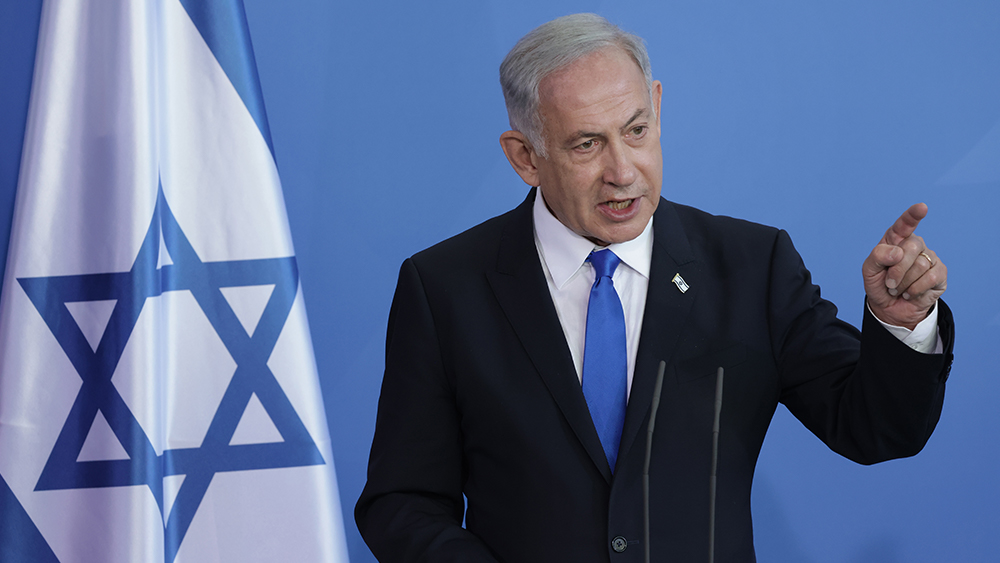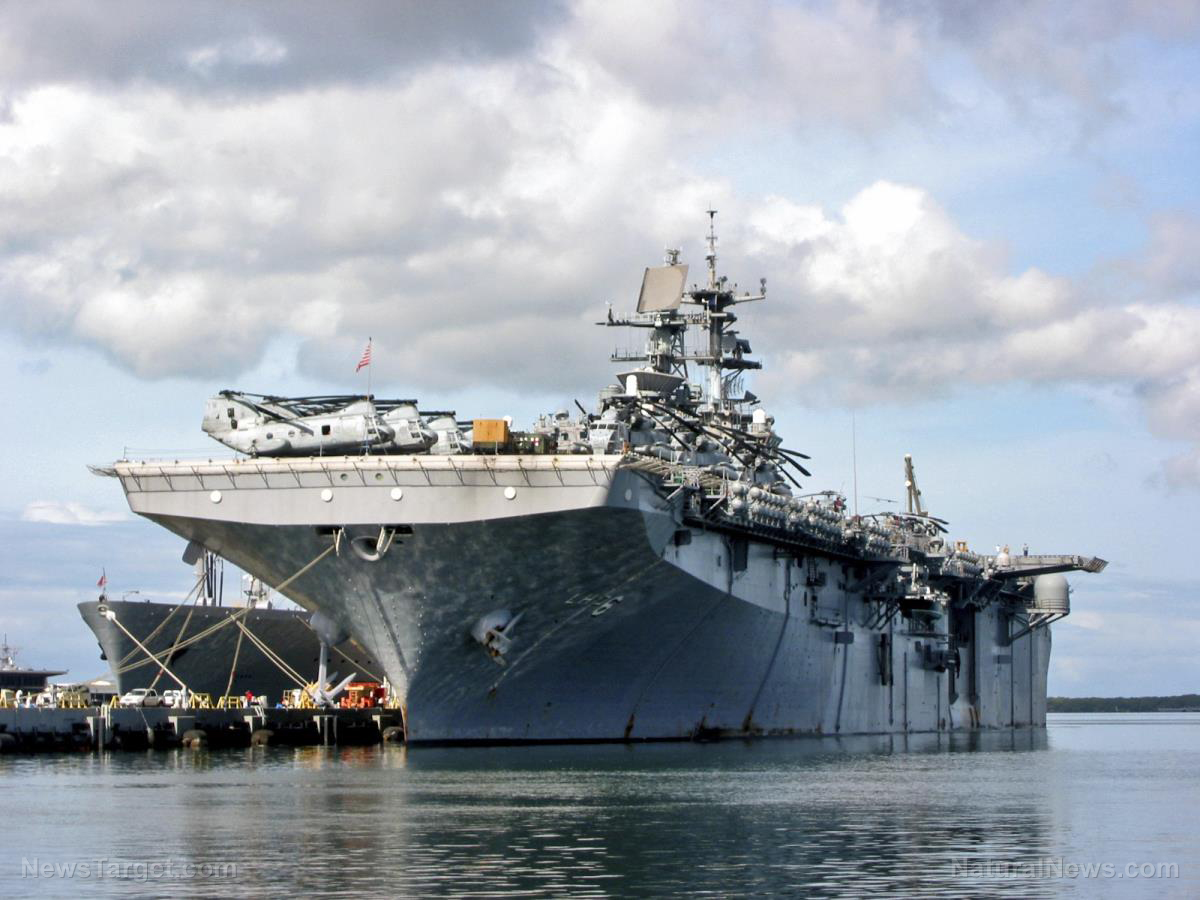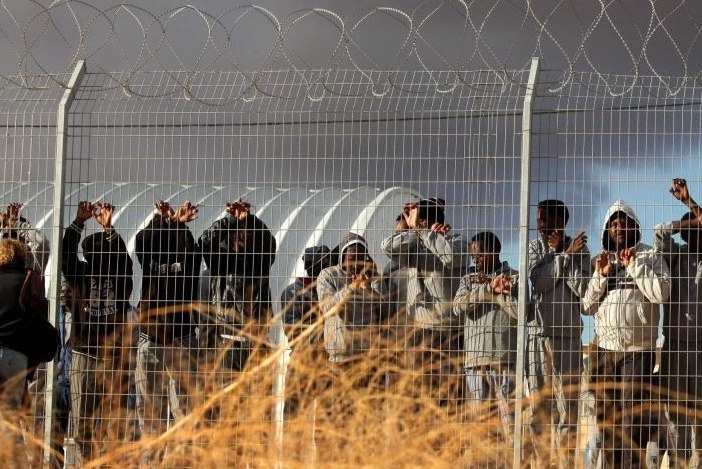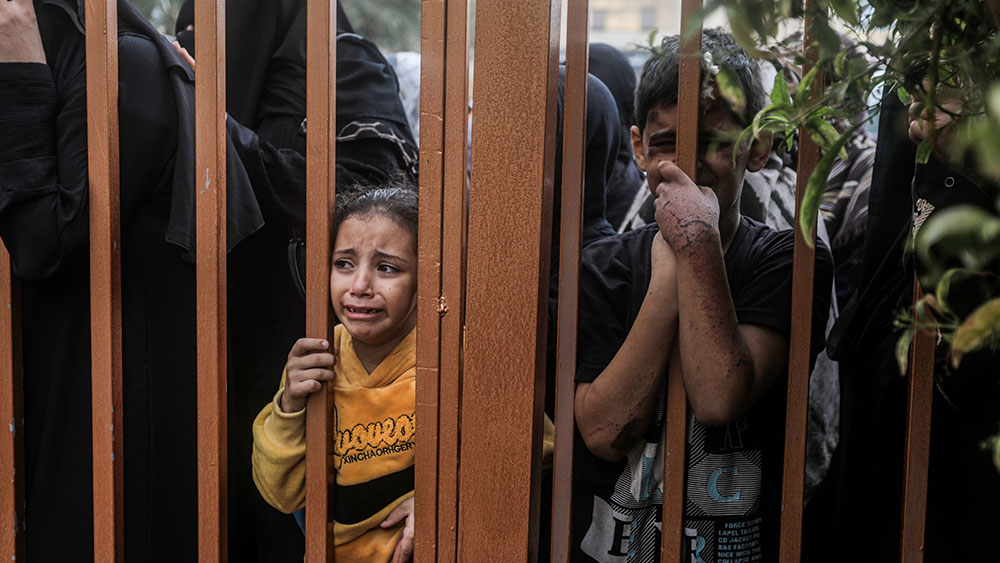Russia launches over 200 drones and missiles targeting critical energy infrastructure in Ukraine
08/29/2024 / By Arsenio Toledo
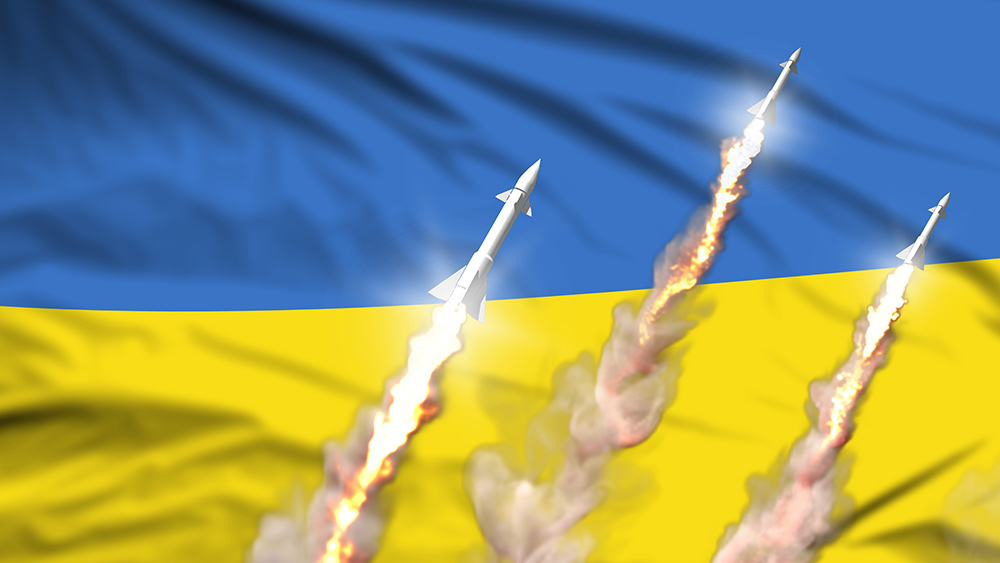
The Russian Armed Forces on Monday, Aug. 26, conducted one of the largest series of strikes on Ukrainian energy facilities since the beginning of Russia’s special military operation in February 2022.
This was confirmed by the Russian Defense Ministry in Moscow, and Ukrainian President Volodymyr Zelensky also acknowledged that the country has experienced one of the most extensive Russian strikes in recent months, causing widespread power interruptions.
Zelensky admitted that at least 127 missiles and 109 drones struck Ukraine on Monday. Power cuts and water supply outages were reported all over the country, including in the capital of Kyiv, and Ukrainian officials claim the strikes killed at least seven people and injured 47, including four children. (Related: Ukraine DRONE SWARMS target four Russian oil refineries in largest drone attack yet.)
Commander of the Ukrainian Air Force Lt. Gen. Mykola Oleshchuk claimed that 109 of the 127 Russian missiles were intercepted. He did not indicate how many of the Russian drones were intercepted, although he did note in his statement that the mass barrage was “the most massive” Ukraine has seen since the beginning of the conflict.
Ukrainian Prime Minister Denys Shmyhal confirmed in a statement that 15 Ukrainian oblasts (regions) sustained damage during the strikes. Zelensky added that the strikes caused “a lot of damage in the energy sector.”
Deputy Head of the Office of the President of Ukraine Andrii Sybiha noted that the strike also targeted the Kyiv Hydroelectric Power Plant.
Western world ignores Ukrainian invasion of Russia, condemns Moscow’s strikes
The latest barrage comes as Kyiv continues to conduct strikes on civilian infrastructure both in oblasts bordering Ukraine and deeper into Russian territory. It also comes as Ukraine continues to invade Russia’s Kursk Oblast, a region which Kyiv has never claimed and which the Kremlin says has resulted in massive civilian atrocities committed by Ukrainians against Russian civilians.
Despite this, the Western world has only united in condemning the Kremlin for its strikes. United States President Joe Biden condemned the barrage as “outrageous,” and added that Washington will continue supporting Ukraine by providing energy equipment and supporting Kyiv’s ability to repair its systems and strengthen its energy grid.
Foreign Secretary of the United Kingdom David Lammy also condemned the strikes as “cowardly … attacks on civilian infrastructure.”
Zelensky has used the strikes as an opportunity to further urge Ukraine’s allies in the Western world to provide even more arms and to allow Western-supplied missiles to be used to conduct long-range strikes into Russia.
The president has also redoubled his call for allies to join Ukraine in shooting down missiles and drones flying over Ukrainian airspace.
Before February 2022, Ukraine had no powerful long-range weapons and only had a very rudimentary anti-air defense system, but since then it has received many anti-drone and anti-missile defense systems as well as offensive weaponry. Ukraine’s burgeoning drone industry has even developed many models of long-range attack drones and has used them to strike targets deep within Russia, including oil refineries and military airfields. Some of these drones even reached the Kremlin.
Watch this video discussing how all of the military aid sent to Ukraine failed to strengthen its anti-air defenses.
This video is from the channel Cynthia’s Pursuit of Truth on Brighteon.com.
More related stories:
PUTIN: Ukraine tried, but failed, to attack Russian nuclear power plant in Kursk.
Russia says Ukraine’s drone attack on nuclear plant was designed to set it on fire.
Russia overtakes U.S. as Europe’s primary gas supplier despite ongoing sanctions.
Sources include:
Submit a correction >>
Tagged Under:
big government, chaos, Collapse, Dangerous, Drone Strikes, drones, energy infrastructure, engergy supply, fuel supply, military technology, missile strikes, missiles, Russia, Russia-Ukraine war, Ukraine, violence, Volodymyr Zelensky, weapons technology, WWIII
This article may contain statements that reflect the opinion of the author
RECENT NEWS & ARTICLES
COPYRIGHT © 2017 NATIONAL SECURITY NEWS





